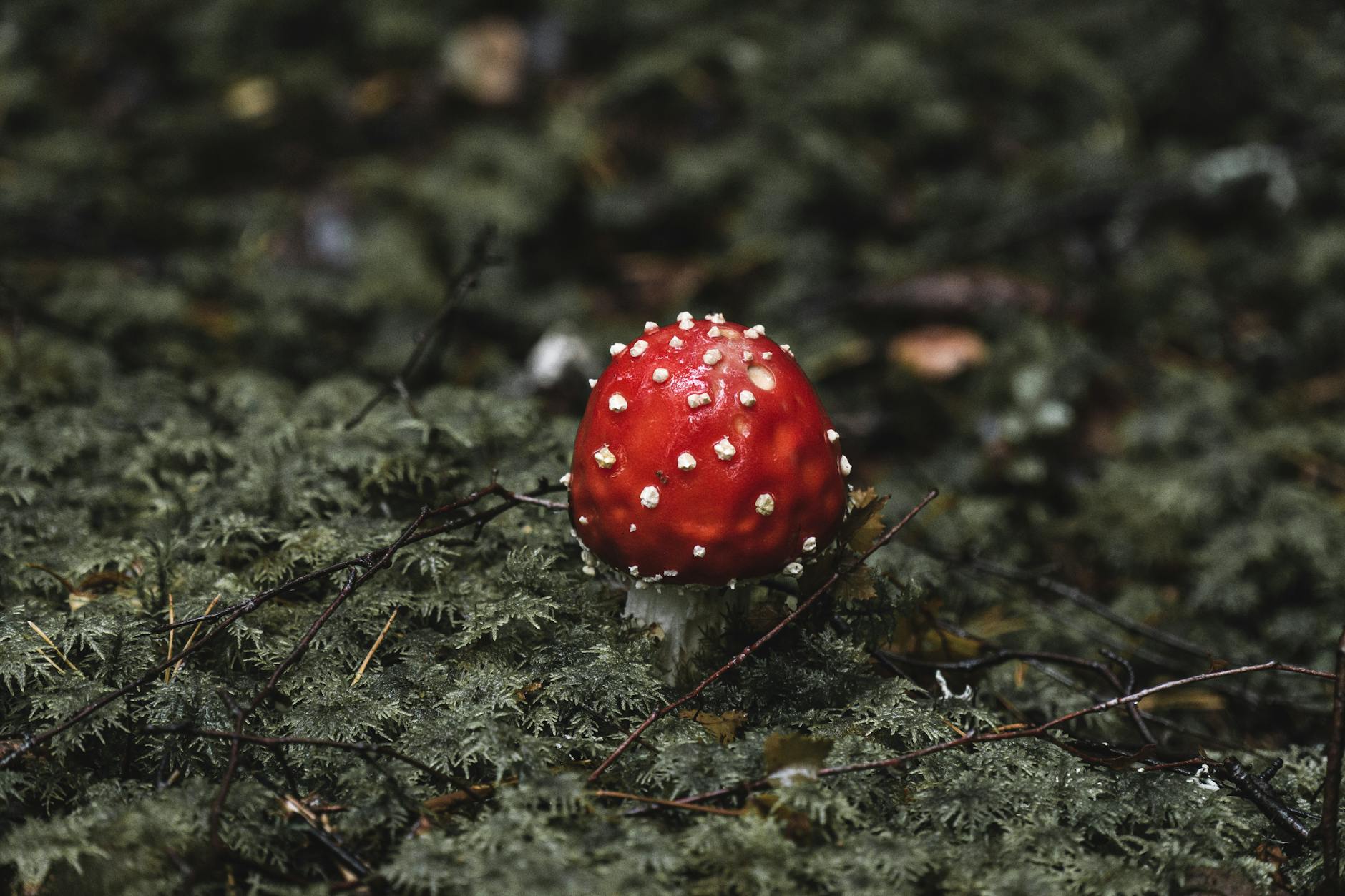Mushrooms are a commonly enjoyed ingredient in various cuisines worldwide, but not all mushrooms are safe for consumption. In this article, we will explore the topic of toxic mushrooms, including their causes, symptoms, and essential steps to take if one is accidentally ingested.
Understanding Toxic Mushrooms
Toxic mushrooms are fungi that contain harmful substances, such as toxins or poisons, that can cause adverse effects on human health when consumed. These mushrooms may closely resemble safe and edible varieties, making it challenging for the untrained eye to differentiate between them.
Causes of Toxicity in Mushrooms
The toxicity of mushrooms can be attributed to various factors, including the presence of poisonous compounds naturally occurring in certain species. Some toxic mushrooms contain toxins that affect the liver, kidneys, or central nervous system, leading to serious health issues or even death if ingested. Improper identification of mushroom species and lack of knowledge about foraging also contribute to mushroom toxicity cases.
Symptoms of Mushroom Poisoning
The symptoms of mushroom poisoning can vary depending on the type of toxins present in the mushrooms ingested. Common signs of mushroom poisoning may include nausea, vomiting, stomach cramps, diarrhea, dizziness, headache, hallucinations, seizures, and organ failure. In severe cases, mushroom toxicity can be life-threatening and requires immediate medical attention.
Essential Steps to Take in Case of Mushroom Poisoning
If you suspect mushroom poisoning or have ingested a toxic mushroom, it is crucial to take the following essential steps:
1. Cease Consumption: Stop eating the mushroom immediately and do not consume any more of it.
2. Contact Poison Control: Call your local poison control center or emergency services for guidance on what to do next.
3. Save Samples: If possible, collect a sample of the mushroom in question (including the entire mushroom, if safe) for identification purposes.
4. Seek Medical Help: Seek medical attention promptly, especially if symptoms of poisoning are severe or if you are unsure about the toxicity of the mushroom ingested.
5. Provide Information: Be prepared to provide information about the mushroom, such as where and when it was found, and any symptoms experienced.
Prevention and Awareness
To prevent mushroom poisoning, it is essential to be cautious when foraging for wild mushrooms and to have a thorough understanding of edible and toxic mushroom species. Consider attending mushroom identification classes, consulting with experienced foragers, or using reputable field guides to help identify safe mushrooms.
Conclusion
In conclusion, the ingestion of toxic mushrooms can lead to serious health consequences and should be taken seriously. By understanding the causes, symptoms, and necessary steps to take in case of mushroom poisoning, individuals can better protect themselves and others from the dangers of consuming toxic fungi. Remember to always err on the side of caution when foraging for mushrooms and seek professional medical help if poisoning is suspected. Stay informed, stay safe, and enjoy the world of mushrooms responsibly.


